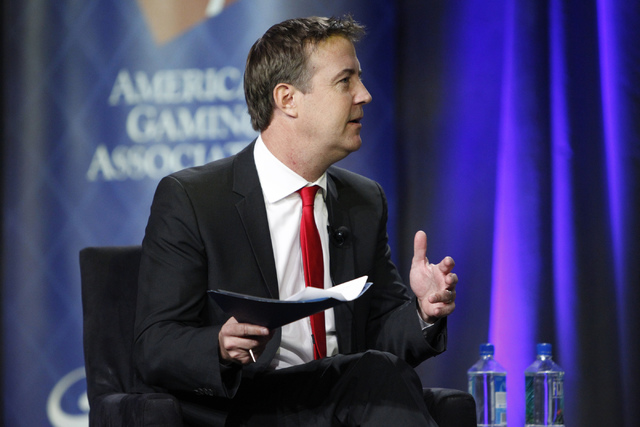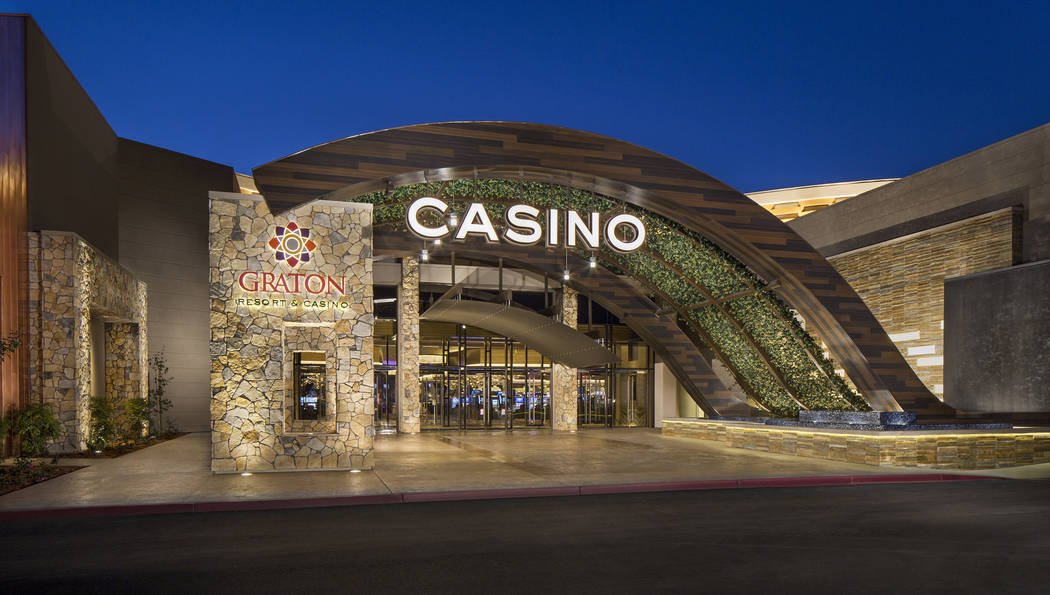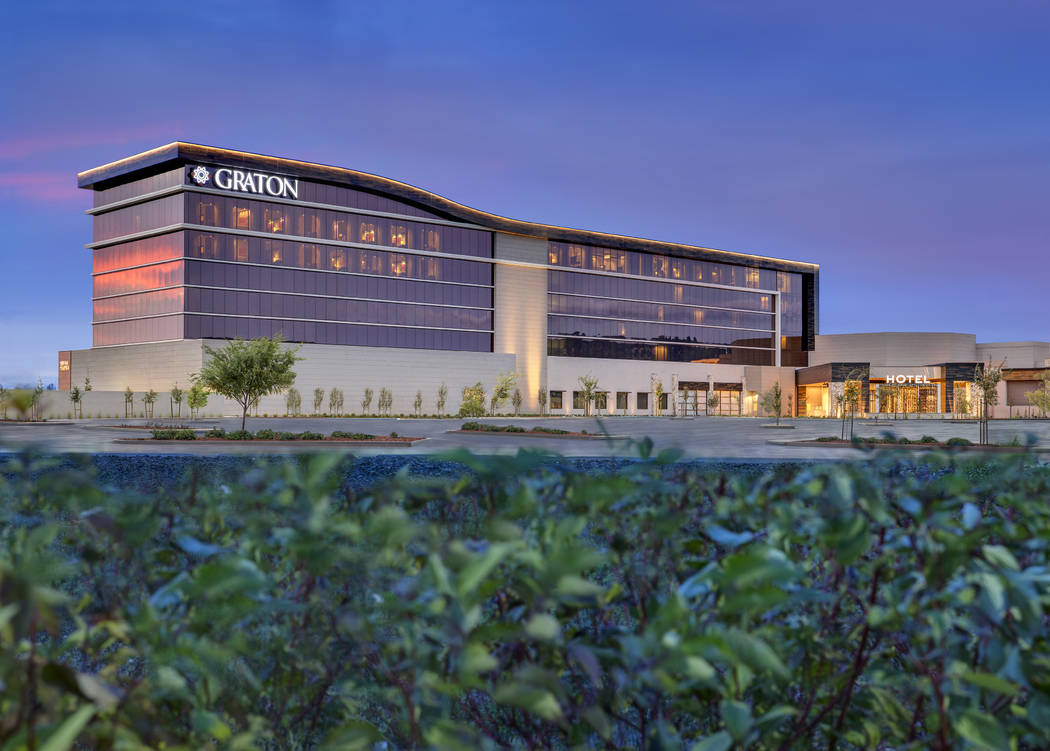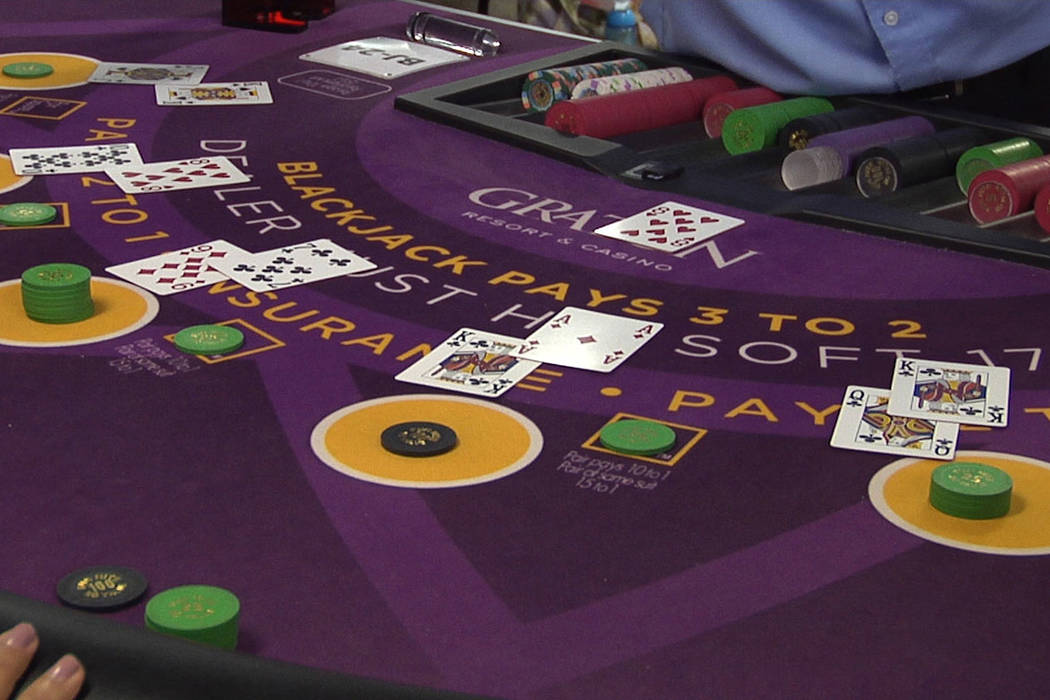Indian tribes’ gaming win shifts landscape in Laughlin, Reno





Record gross gaming revenue at casinos operated by the nation’s Indian tribes in 2016 has been an economic success story for tribes but has altered the landscape in Reno and Laughlin, two Nevada destinations most affected by the competition.
But an expert at UNLV’s International Gaming Institute says the success of tribal casinos in California and Arizona may actually help Las Vegas instead of hurt it.
Bo Bernhard, executive director of the institute, said tribal resorts in Northern California and suburban Phoenix have developed into entertainment centers for local residents there to enjoy a night on the town that could inspire future visits to bigger and brighter properties in Las Vegas.
“It is an amazing and remarkable story for the tribes,” Bernhard said after Monday’s release of gross gaming revenue figures by the National Indian Gaming Commission.
“In Arizona, they have extremely well-run professional properties, Gila River and Talking Stick, both of which are really nice, have great management and continue to improve,” he said.
Record revenue
The commission reported Monday that in the 2016 fiscal year, the nation’s tribes reported $31.2 billion in gross gaming revenue, a 4.4 percent increase over 2015. The tribes’ Sacramento, California region, which includes all of California and Northern Nevada, had the most year-over-year growth at 6.3 percent to $8.4 billion.
The Phoenix region was fourth best among seven in the nation, growing 4.4 percent to $2.9 billion.
Revenues were calculated based on 484 independently audited financial statements, comprised of 244 federally recognized tribes across 29 states.
“The stable growth is reflective of a healthy and well-regulated industry with a tremendous impact on local and state economies,” said Jonodev O. Chaudhuri, chairman of the commission. “When Congress passed the Indian Gaming Regulatory Act almost 30 years ago, it expressly cited in its findings and purposes the long-standing federal policy goal to promote tribal economic development, tribal self-sufficiency and strong tribal governments,” he said. “No other economic driver has been able to do that for Indian country as successfully as gaming.”
While most tribes began operations of small bingo parlors in the 1970s — and 57 percent of tribal operations are still small, generating less than $25 million a year — others have adopted a Las Vegas model with bigger and better attractions.
California tribes have found success partnering with established Las Vegas companies to manage their casinos. More than 100 casinos and card rooms operate throughout the state. Caesars Entertainment, under the Harrah’s brand, runs a casino resort near San Diego and Station Casinos partners with the Federated Indians of Graton Rancheria on the Graton Resort in Rohnert Park, California.
Laughlin, Reno hurt
The Laughlin and Reno markets have suffered as a result of the tribes’ successes, but Bernhard said Laughlin is marketing to different niches while Reno has reinvented itself through economic diversification.
“Reno is a different story,” Bernhard said. “My mentor, (former University of Nevada professor) Bill Eadington, was very eloquent talking about how Northern California tribal gaming was really the gaming beast that killed Reno. It was those really impressive Northern California properties that are every bit as nice as any of the smaller properties here. Working with Caesars and Station, they’ve brought with them a Las Vegasized approach to management and grown into their own unique entities.”
Contact Richard N. Velotta at rvelotta@reviewjournal.com or 702-477-3893. Follow @RickVelotta on Twitter.
Competition in Phoenix
The Talking Stick Resort near Scottsdale operated by the Salt River Pima-Maricopa Indian Community has a 15-story, 496-room hotel, a 98,000-square-foot casino with 700 slot machines and 54 table games, five restaurants, four pools and a 650-seat showroom.
Bo Bernhard, director of the UNLV International Gaming Institute, said the top tribal casinos are on par with properties like Red Rock Resort and the Orleans in Las Vegas.
Near the Talking Stick Resort are a Topgolf attraction similar to the one at the MGM Grand and a spring training baseball facility for the Arizona Diamondbacks and Colorado Rockies.
The tribe that owns Talking Stick has ventured into stadium naming rights and in 2015 the arena that is home to the Phoenix Suns became the Talking Stick Resort Arena.
The Gila River Indian Community operates three casinos in the Phoenix area, a resort hotel, an equestrian center, two golf courses and a race-car driving school. It, too, has gotten into stadium naming rights. In 2014, the Jobing.com Arena in Glendale, home of the Arizona Coyotes National Hockey League team, became the Gila River Arena under a nine-year deal.












